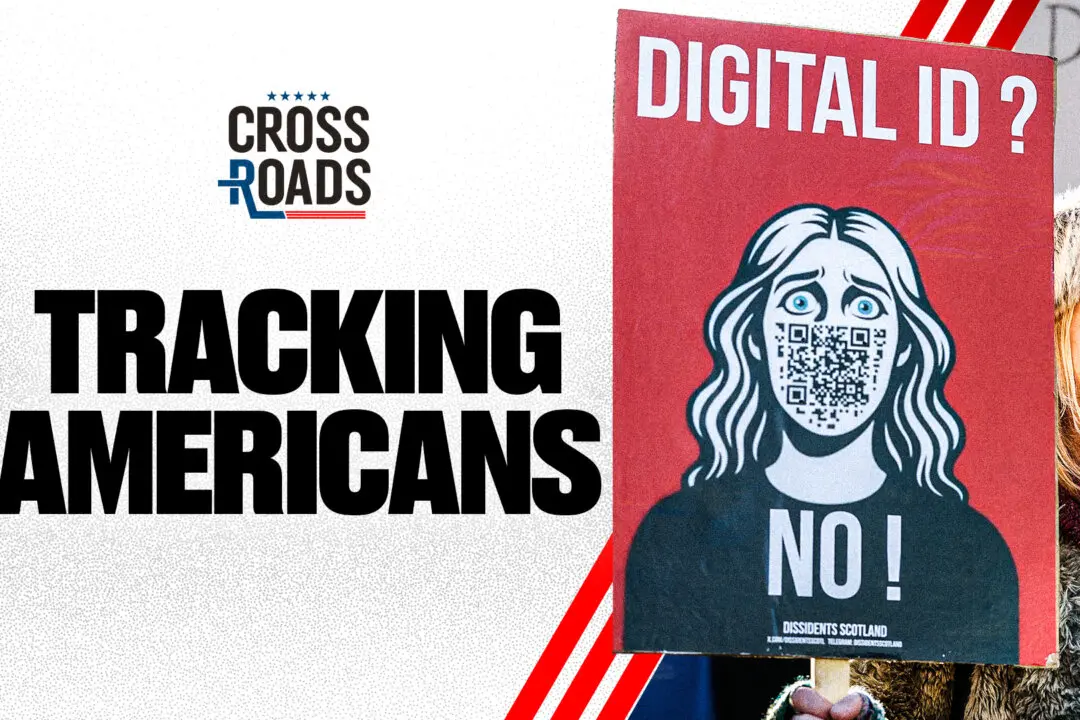When video games first emerged, all hopeful programmers came forward to realize their digital dreams. It was a time filled with hope for the future of a new industry—when artists were the creators and big business had yet to realize its potential.
“We were the beginning of the industry. We were rockstars back then,” says Henk Rogers, founder of Blue Planet Software, the Hawaii-based distributors of “Tetris.”
Rogers has plenty of stories to tell. He helped Alexey Pajitnov, the creator of “Tetris,” escape the Soviet Union so he could get paid for his work. He helped build “Tetris” into a game that gets 15 million players on Facebook each day. And his first game, “The Black Onyx,” introduced role-playing games to Japan and shaped the industry we know today.
In 1976, when computers were still a faraway concept, Rogers moved to Japan not knowing he would soon find himself on the launchpad of modern gaming.
Five years later, the personal computer came out, and after another year, “there were enough of them where you could actually sell a game and make money. So that’s when I jumped in,” he said. “I just happened to be there.”
The gaming market was still small. Developers were mainly independent programmers, and Rogers was no exception. He coded the game himself for nearly a year.
But partly from passion, and partly from a misjudgment of Japanese interest, Rogers was doing something far different from other programmers in the country. He was making a role-playing game (RPG).
Now, RPGs made their debut largely through the release of “Dungeons & Dragons” in 1974, created by Gary Gygax and Dave Arneson. Before video games, they were played through storytelling. Players would roll dice to put things to chance, and record their progress with pen and paper.
RPGs were extremely popular among gamers in the United States. Games like “Ultima” and “Wizardry” were top sellers in the American market, but in Japan few people had ever heard of them.
Before moving to Japan, he spent four years in Hawaii where he found his love for RPGs. It was a time when the works of J.R.R. Tolkien were under the arm of all well-informed gamers, and imagination was still king.
Rogers was part of a group called ARRGH (the Alternative Recreational Reality Group of Hawaii) that would get together each weekend for extended sessions of “Dungeons & Dragons.” “We would start Friday and finish Monday morning. We would take time off and have water balloon fights and eat to break the tension, but that’s what we did,” he said.
But when Rogers finally finished “The Black Onyx” in 1984, he was in for a surprise. “I assumed a lot of things about Japanese people back then. I assumed they played role-playing games, which they didn’t,” he said. “It was a rude awakening after working on this game for nine months.”
“Nobody knew what a role-playing game was,” he said.
In an attempt to break into the Japanese market, they decided to advertise. They used the game’s cover art, which Rogers describes as a “sort of Frank Frazetta copied image with a Conan the Barbarian standing on a heap of monsters swinging his sword.” The type of image was familiar to the American market, but Japan was another story.
“We made a full page ad in a couple of magazines—blowing our entire advertising budget—and we got one phone call asking, ‘What is your game?’” he said.
Things only went downhill from there. Softbank promised to buy 3,000 copies of “The Black Onyx” for Christmas, “but they did a little bit of research and found out nobody really had any idea what was going on. So we thought this was it—this was the end and people in Japan didn’t play role-playing games, I’ve had it.”
But rather than just give up, Rogers decided to take matters into his own hands. The problem, he figured, was that RPGs were too foreign, and so he decided to change this.
“I went to every game magazine and I taught them how to play ‘Black Onyx,’” Rogers said.
“Every single magazine went nuts over my game, and by March all the issues of every gaming magazine had huge stories,” he said.
That April, they sold 10,000 copies, and sales poured in like this for more than two years.
Changing the Market
“The Black Onyx” was Japan’s number one game in 1984, and the number two game in 1985—a factor Rogers attributes to the fact that “The Black Onyx” was so different from every other Japanese game of the time. “We had a long reign before the others figured it out.”
The success of “The Black Onyx” and the RPG genre was something fundamental. It introduced a level of depth that was nearly unheard of in Japanese gaming at the time, due to hardware limitations.
It had a currency system, shops, customizable characters, an in-depth story, systems of leveling and growing characters, and a karma system that punished or rewarded players for their choices.
Games at the time were limited to 64k of space (smaller than most digital photographs). “The Black Onyx” was a 40-hour game on a cassette tape—a format he chose over a 5-and-a-quarter floppy disk drive because it gave him an extra 10k to work with.
Developers had to weigh things carefully, since even a sentence of conversation text would drain space. “It was counting bytes,” Rogers said. “The Black Onyx” used around 28k for the basic program, 4k for the maps, 20k for the different character graphics, and the rest filled in the technical parts.
Rogers made a conscious decision of how to stretch the technology to allow this level of depth. Other developers in Japan were mainly creating action games—similar to Mario (who debuted in “Donkey Kong” in 1981), where players would typically run and jump over obstacles.
The problem with this, however, was that the animations took up nearly all the space that programmers were working with. Creating a jumping animation, for example, would take around five different images.
“If you have 64k or less, if you have animation in your game, you just used up all of your graphics space for animation, and that’s it,” Rogers said. “So I made up my mind that I wasn’t going to do any animation because I didn’t want to use up all the memory.”
The extra space meant he could create more characters and a significantly deeper game. This was something RPG developers in the United States were also doing. “Wizardry,” which has a similar style to “The Black Onyx,” had a basic, wireframe world. “Hack,” another RPG released around that time, took an even simpler route with text-based graphics. The main character might be an @ sign, the world would be formed by dashes and brackets, and other characters would be represented by letters.
Rogers said someone made a program that would squeeze the code of a game, and found he had just three bytes of unused memory. “I wasted a couple of bytes in there as a joke to other programmers or hackers who would hack my code—I knew that was going to happen,” he said.
Due to the success of “The Black Onyx,” RPGs remain one of the most popular game genres in Japan.
Rogers compared it to the recent emergence of social media games. “All of the sudden it was a huge change in the market and everybody was paying attention. Now everybody is scrambling to make social games,” he said.
“That was sort of everybody’s wake-up call and they all said ‘we have to make a role-playing game,’” he said.




